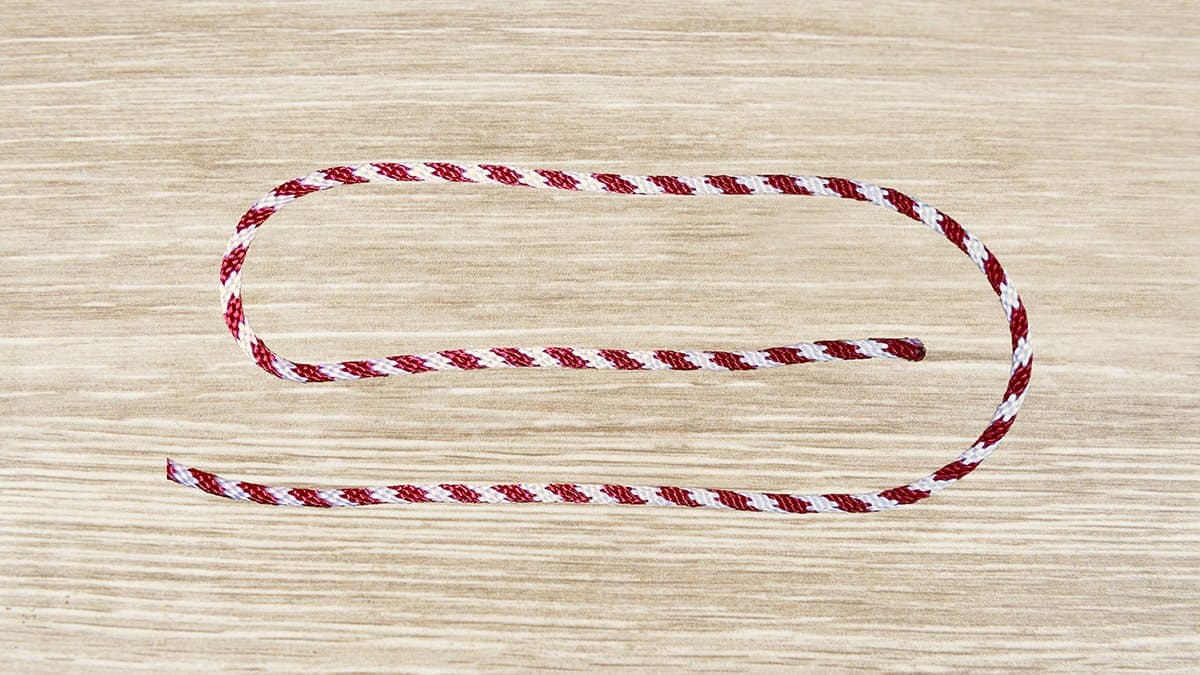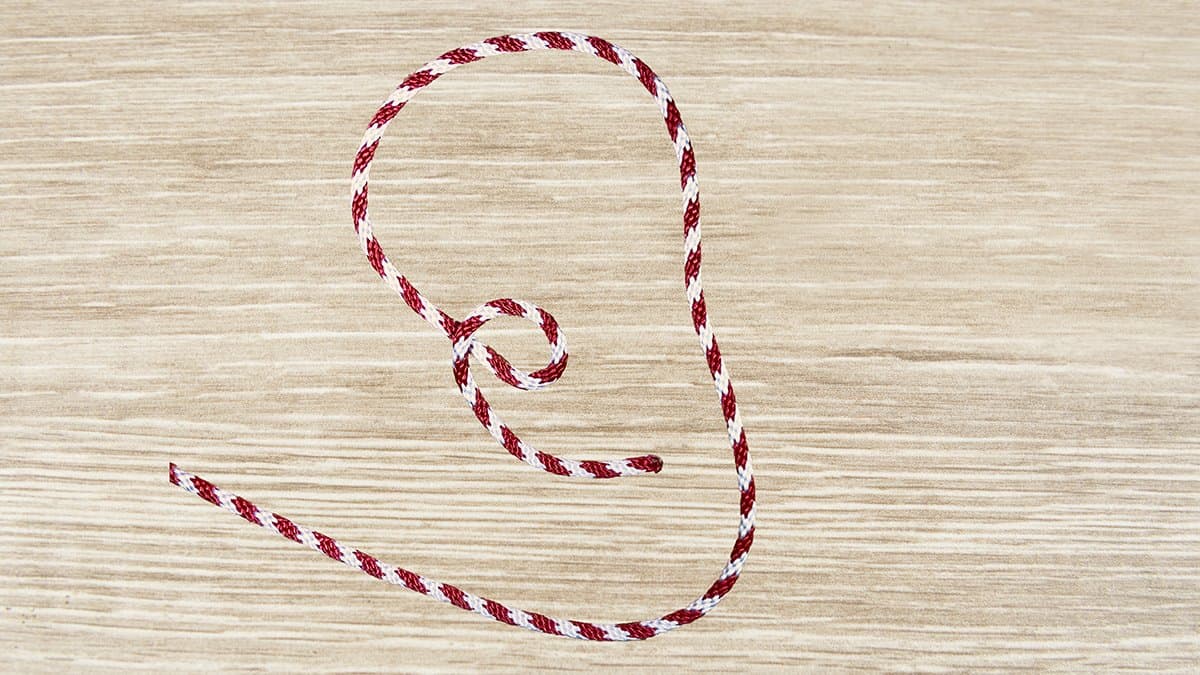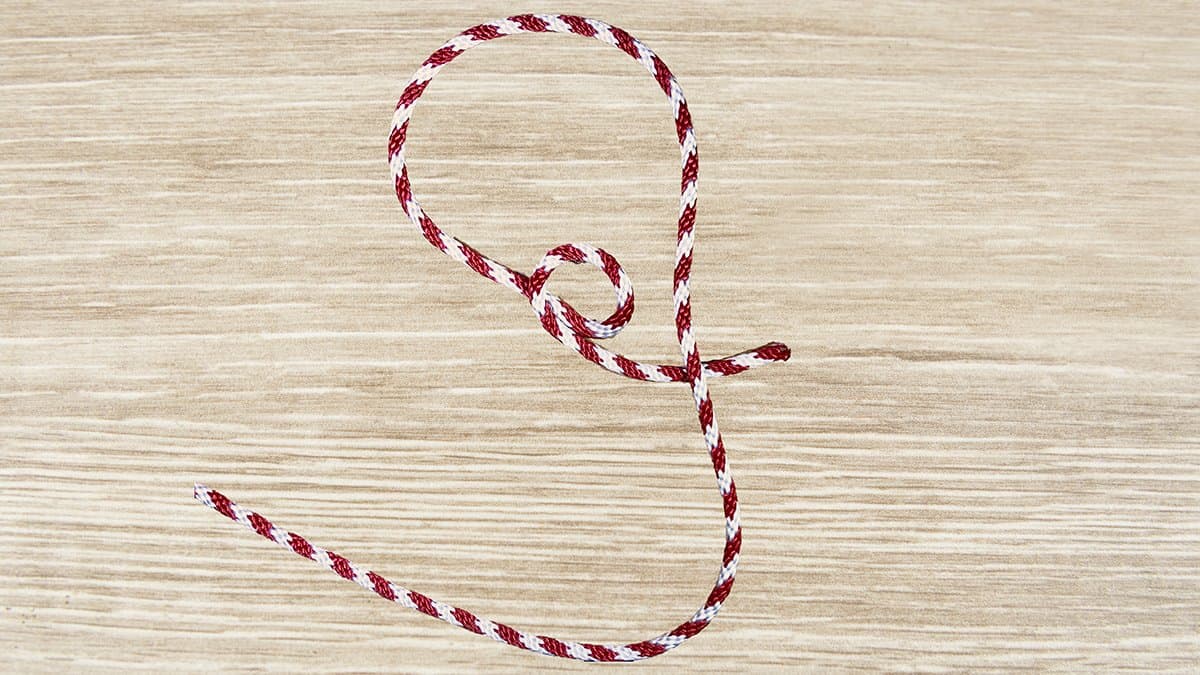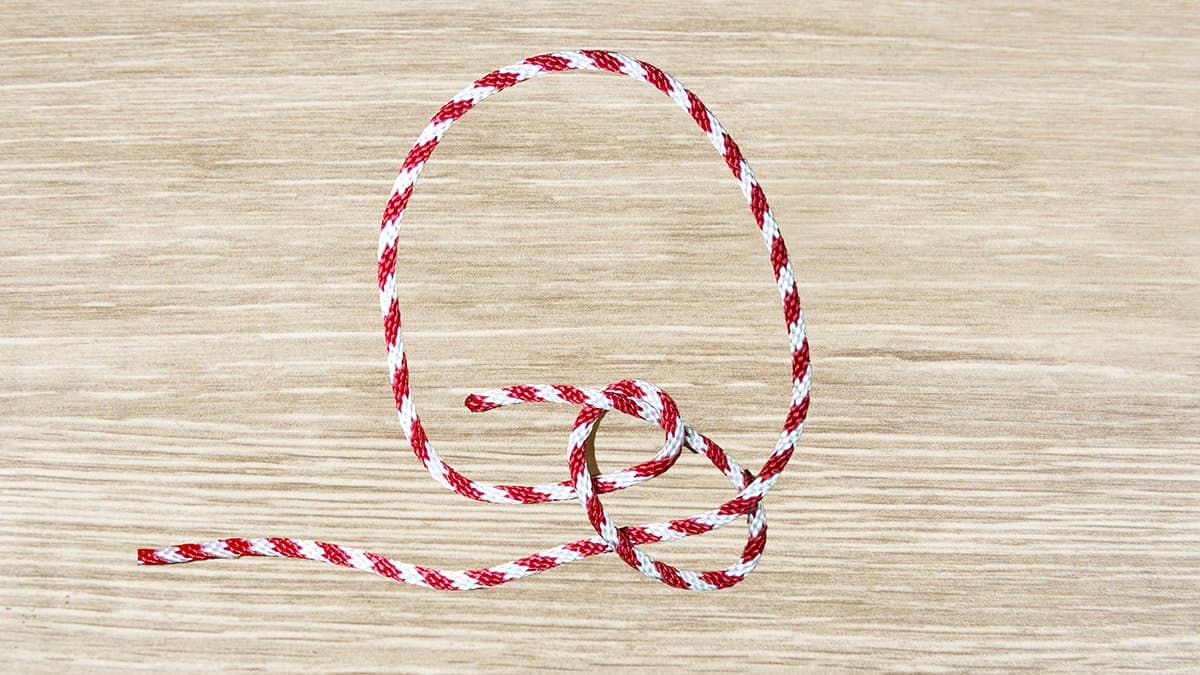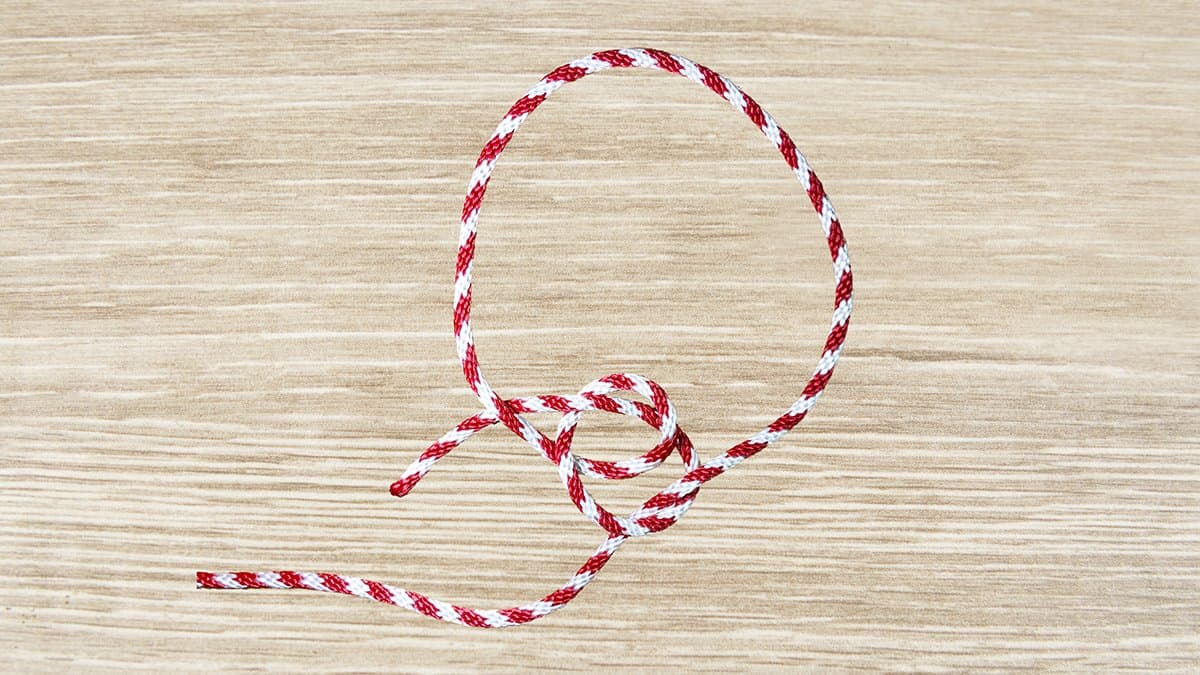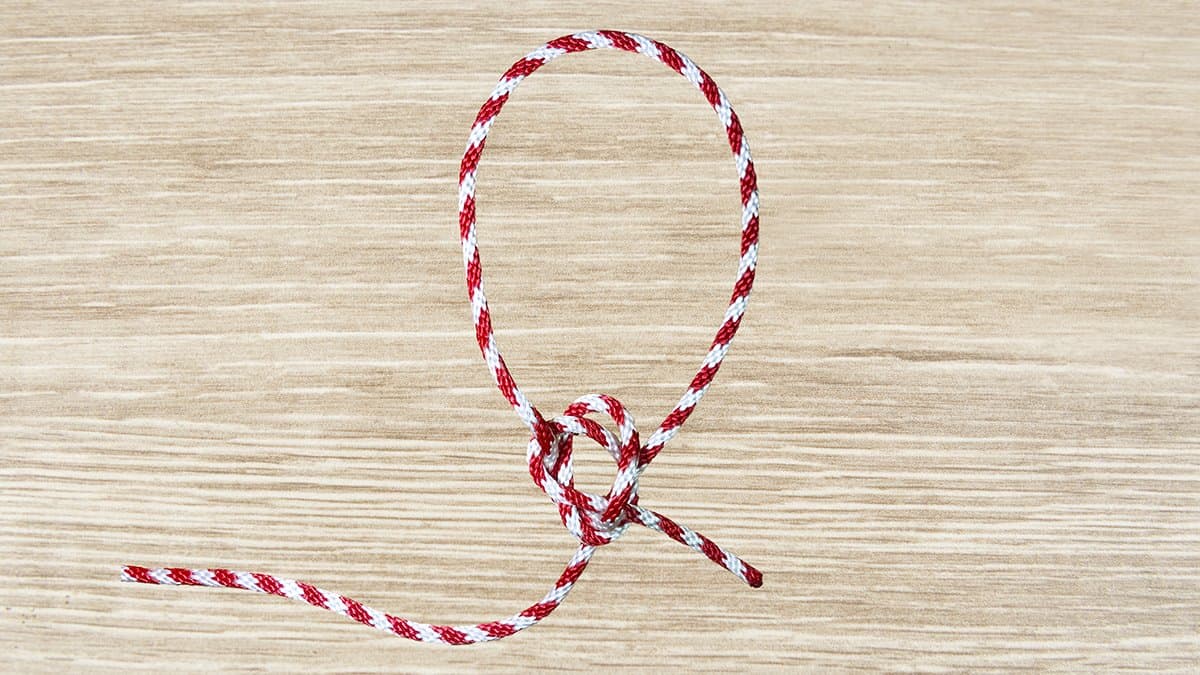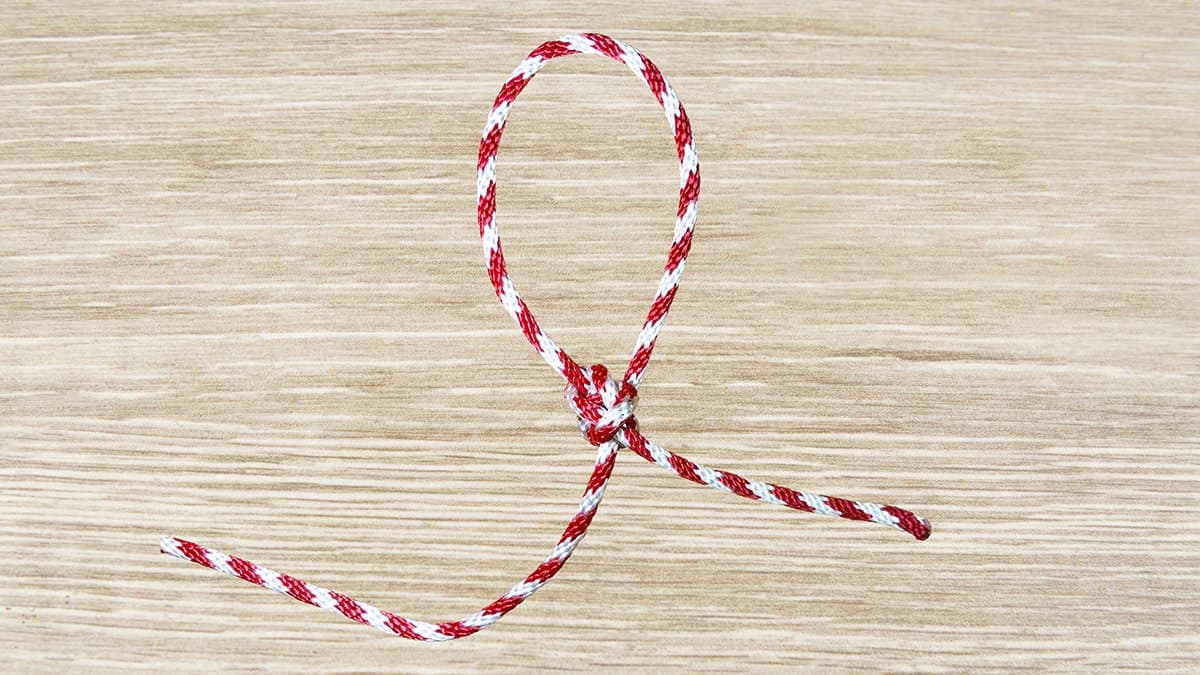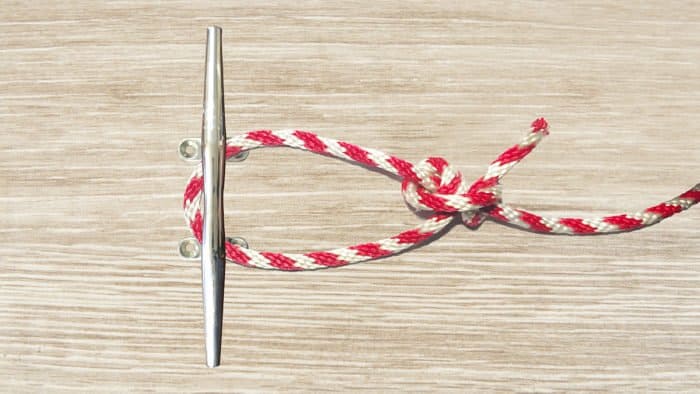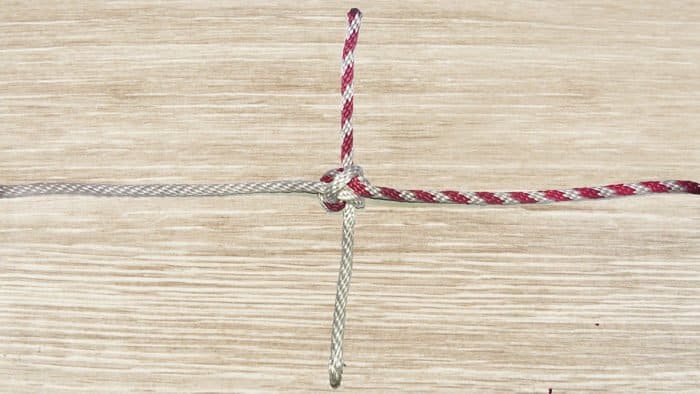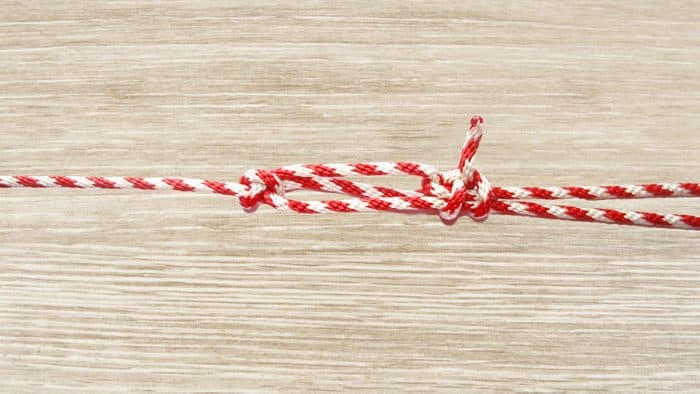How To Tie A Running Bowline Knot
The Running Bowline Knot is a versatile noose-type knot known to most boaters It’s an incredibly useful knot based on the common bowline with many practical applications.
The Running Bowline is found in the Ashley Book Of Knots (#1117) and is described as an essential knot that can create a noose that won’t bind or easily slip undone.
Uses for the Running Bowline Knot
For boaters and sailors, the Running Bowline can be used for retrieving items that have fallen overboard, such as rigging or lumber, or for lifting heavy objects. It has a number of non-maritime uses as well that make it a good one to learn for everyday life.
How To Tie A Running Bowline Knot
If this is your first time trying one, you might find it easier to practice tying it around an object. Try tying it around a pole, tree limb, or similar object. If you want to go without, here’s how you do it.
Step One: Make a loop with a section of the rope.
Step Two: Pass the shorter end of the rope around the standing end and through the loop.
Step Three: Continue by passing the working end around itself, and pack through the loop once again.
Step Four: Tighten the knot to create a Bowline.
Things To Consider
Warnings
The Running Bowline can only be untied if you can reach it! If you’re securing it up high, then you’ll either need a ladder or a climbing rope to free it. However, this can be overcome by securing the knot with a retrieval line, or by making a long tail that you can reach. If you want to use a long tail, you might benefit from using an Alpine Butterfly Loop to secure the excess line.
Variations
If you have access to the Standing End, it could be a wise idea to tie the Bowline Knot first, and then pass the standing end through it. Each situation is different.
Alternatives
It’s possible to replace the Running Bowline with a plain Noose Knot, the Uni Knot (also known as the Duncan Knot), or Slip Knot. However, the Running Bowline has more advantages, such as the fact that it won’t close or bind on the standing end, and that it can easily be undone when unloaded.
The Bottom Line
Understanding the Running Bowline Knots strengths and limitations you’ll be able to make the most out of this simple yet very effective knot.
Categories: Nautical Knots
